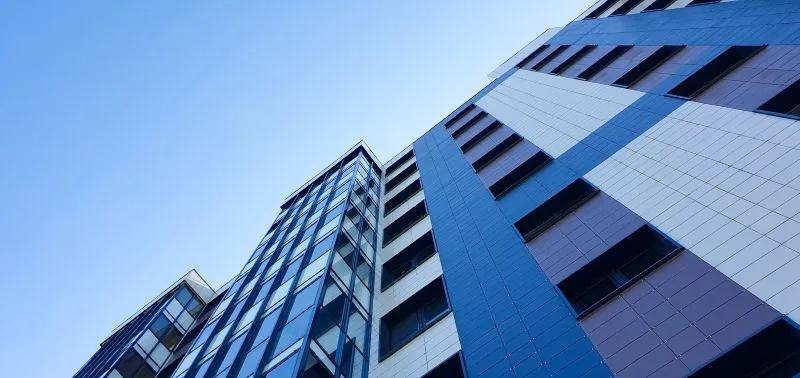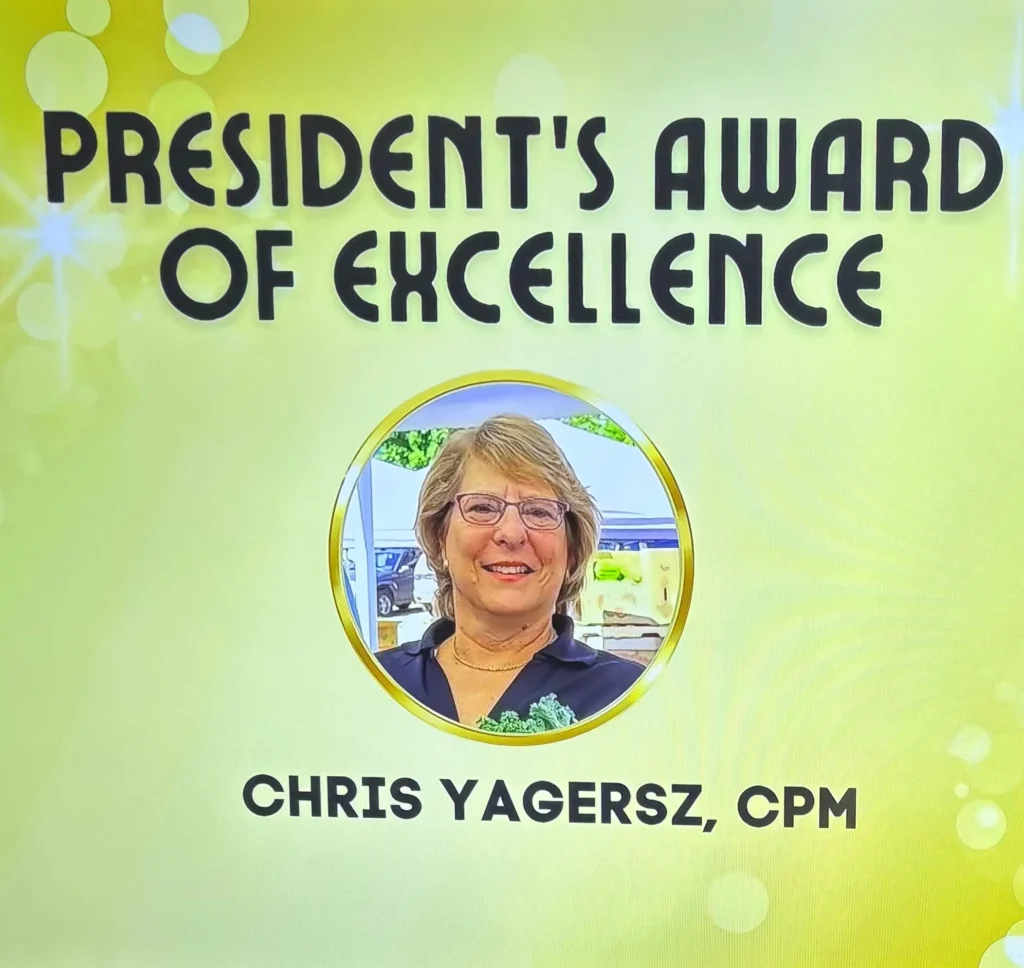
2022 Midwest Commercial Real Estate Market Trends
December 17, 2021
Several sectors within the Midwest commercial real estate industry—from office and industrial to retail and multifamily—are entering 2022, and beyond, with a unique outlook driven by factors like evolving workplace flexibility, increasing economy and market inflation, lingering supply chain issues, tenant demand, and a strong consumer desire for experience.
As the Midwest’s leading, full-service commercial real estate firm, Farbman has a front-row seat to the many trends affecting the region. Here is our outlook for 2022, broken up by sector markets.
Office Space Real Estate Trends

With hybrid and remote work models continuing to disrupt the way organizations operate, leaders in the Midwest region will turn into 2022 with more solidified plans for the long-term future of their office space. About a third of Midwest office tenants are expected to downsize or right-size as they try to adapt to evolving team needs in the new world of work. As this occurs, you’ll start to see other types of companies buy up the resulting value—for example, paying the same price to upgrade from class B to A office spaces.
Office building owners and landlords are also continuing to build speculative units in the 3-5K sq. ft. range in an attempt to meet the Midwest market demand for quick-turn, move-in-ready space. Some are even filling spec spaces with gently used office furniture to counterbalance supply chain setbacks on new orders. Investors in turnkey office workspace will reap the reward of securing tenants looking for near-immediate occupancy.
Industrial Real Estate Trends

The industrial real estate sector will continue to be a tight, competitive market in 2022, as space in the Midwest and beyond hovers past 98% occupancy. With global supply chains still rebounding, products in limited supply, and consumer demand at higher levels than ever, there will be a big push toward ground-up speculative development to accommodate production accordingly.
Aside from new construction, industrial organizations are optimizing their real estate by moving the office component out of the warehouse and into nearby office spaces. This strategy allows production teams working at capacity to build out more room for operations, without the substantial cost of having to identify or construct a new facility entirely.
Multifamily Real Estate Trends

Multifamily real estate in the Midwest will continue to be built and developed in 2022, with the continued focus on turning class C office buildings into apartments, senior living, and affordable housing. Senior living and low-income housing, in particular, is set to grow considerably due to an aging Baby Boomer population, widespread individual stimulus dollars, and increased federal funding for affordable living space.
Just as retail emphasizes experience, so, too, are new senior living communities supporting the demand for higher-end, concierge-level service—a stark departure from the senior center of yesteryear. During the pandemic, the availability of funds to be part of these new developments was strong, but leasing rates didn’t reflect the expectation as seniors held onto their money. Expect that to change for the better heading into 2022 and beyond.
Retail Real Estate Trends

Despite rising inflation and persisting threats from the pandemic, consumers are excited to shop offline again. This was demonstrated most recently during a holiday shopping season that saw higher-than-expected turnout for in-person retail. A global supply chain lag only aids this resurgence as more people want to walk out of physical stores with products in hand rather than chance their orders to a backlogged shipping system.
In 2022, the retail real estate sector will also place emphasized priority on experience—renovating or building out new spaces that activate the senses, facilitates increased connection, and further distinguishes itself from the impersonality of online shopping.
The Midwest commercial real estate industry is at an inflection point. Knowing how to capitalize in each sector will help building owners stay competitive in 2022 and beyond.
Engaging a full-service CRE partner like Farbman Group can help spark positive change within your investments. Contact us and get in touch with an expert today
Related Posts

What are the nuances of adaptive reuse projects, and what role do they
play in transforming an underutilized space within a community?
Blog Post | November 25, 2025
Click Here for Article John Line Executive Vice President, Huntington Construction John Doria Vice President, Huntington Construction Conversion or adaptive reuse projects transform underutilized buildings into vibrant community assets. These projects face challenges such as upgrading outdated...
Read More
As $2 trillion in commercial real estate debt matures, receiverships are steadying the Midwest market
Blog Post | November 25, 2025
Click Here for Article Roughly $2 trillion in commercial real estate debt is set to mature by 2027, with close to $1 trillion coming due in 2025 alone. Borrowing costs are still elevated, values...
Read More
President's Award of Excellence
Blog Post | November 25, 2025
Congratulations to our General Manager, Christine Yagerzs, on receiving the President’s Award of Excellence from Northern Ohio IREM at their Annual Meeting! This award recognizes Christine’s outstanding leadership, dedication,...
Read More